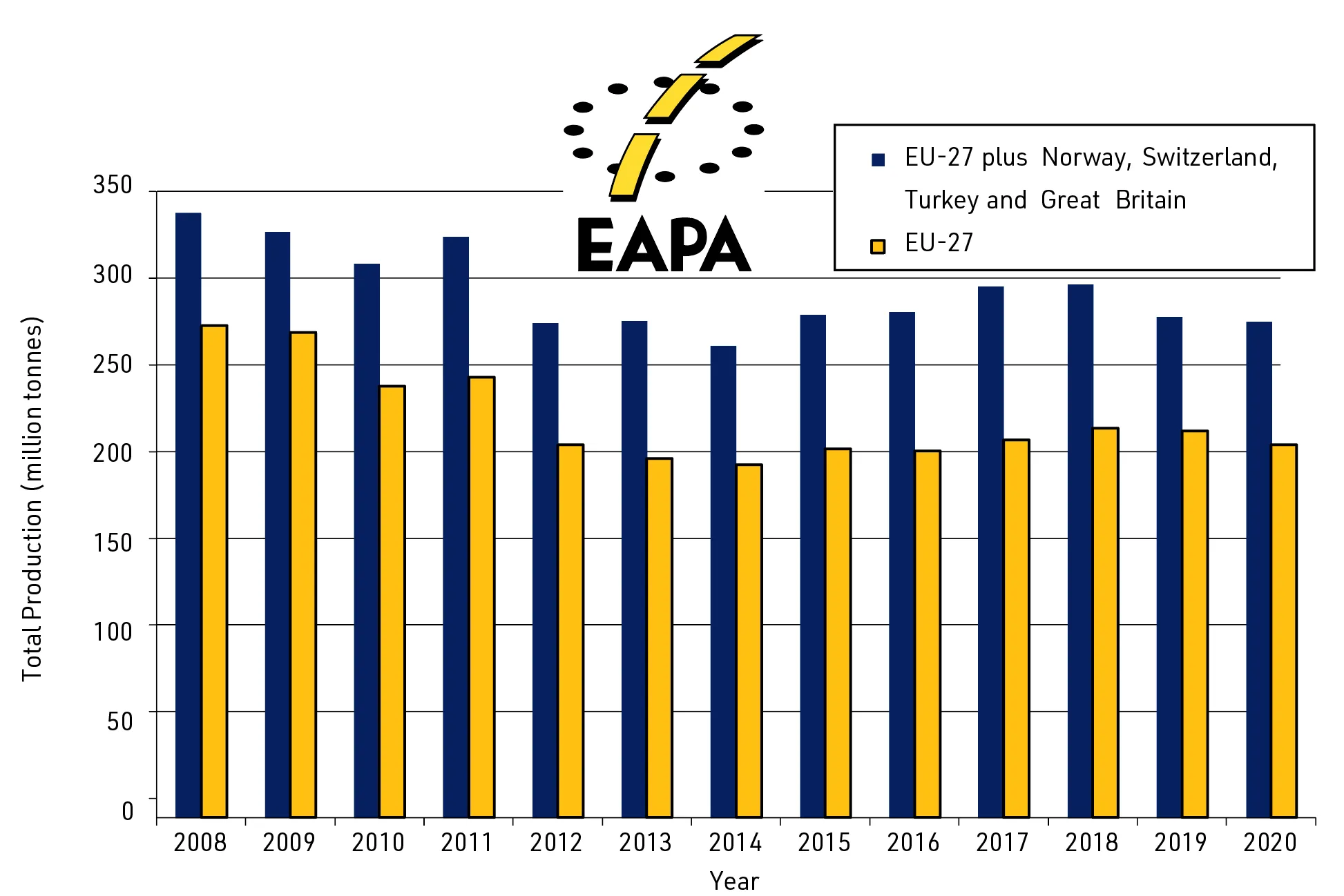
Overall investment in Italy in 2018 came to more than €139 billion and current forecasts for 2019 as a whole suggest a further increase of 3.3%, worth around about €4.5 billion. These figures also are likely to improve over the next two years, with expected growth of €2.5 billion in 2020 (+1.8%) and €2.4 billion in 2021 (+1.7%).
The updated estimates were published in Building & Construction sector Monitor for December 2019. SaMoTer, organisers of the International Construction Equipment Trade Fair at the Veronafiere in Verona March 21-25, makes the quarterly surveys available to companies to help them interpret market trends.
There was an uneven construction trend in the first three quarters of 2019. After strong growth in the first three months of 2019, the market saw a downturn in the second quarter followed by an albeit modest recovery in the third quarter (0.2%), thanks in particular to the residential sector. Despite this weak performance in the second and third quarters, estimated overall growth for construction investments in 2019 is confirmed on average (3.3%), thanks to the fine performance achieved recorded in the first three months of the year.
Residential building was especially sustained by investments to upgrade the housing stock, associated with to renovation requirements, as well as benefits arising from tax incentives. However, trends were diversified on the non-residential market. While the tertiary-commercial segment saw strong growth (+7.4% compared to previous quarters), the negative trend continued in the production sector (-0.9%).
There were also signs of a recovery in capital expenditure by public authorities. The trend for gross fixed investments by public administrations during 2019 saw a recovery in expenditure, with nominal growth of 6.9% in the first half-year, sustained by widespread action implemented in recent years to boost public investments.
The public works market confirmed the positive trend seen since 2017: the first nine months of 2019 were characterised by a growth trend (4.7%) for the number of tenders published and an even more significant growth (25.1%) in the value of tenders.
Expansion is expected to continue, albeit more slowly, between 2020-2021, thereby allowing construction investments to continue growth, albeit at a slower pace than 2019. The downturn will affect all operating sectors, with the exception of public works, which are hoped will commence a period of strong and lasting growth. The huge public resources made available in the period 2016-2019 will be the driving force, as well as funds allocated by the Budget Law 2020 to various central and local area administrations to develop various kinds types of public works or maintenance operations focusing on safety and sustainability.
Growth in residential building is also expected in the two-year period 2020-2021, albeit at a more moderate rate than in the period 2018-2019.
SaMoTer exhibition information is available on the SaMoTer 2020 website: www.samoter.it







